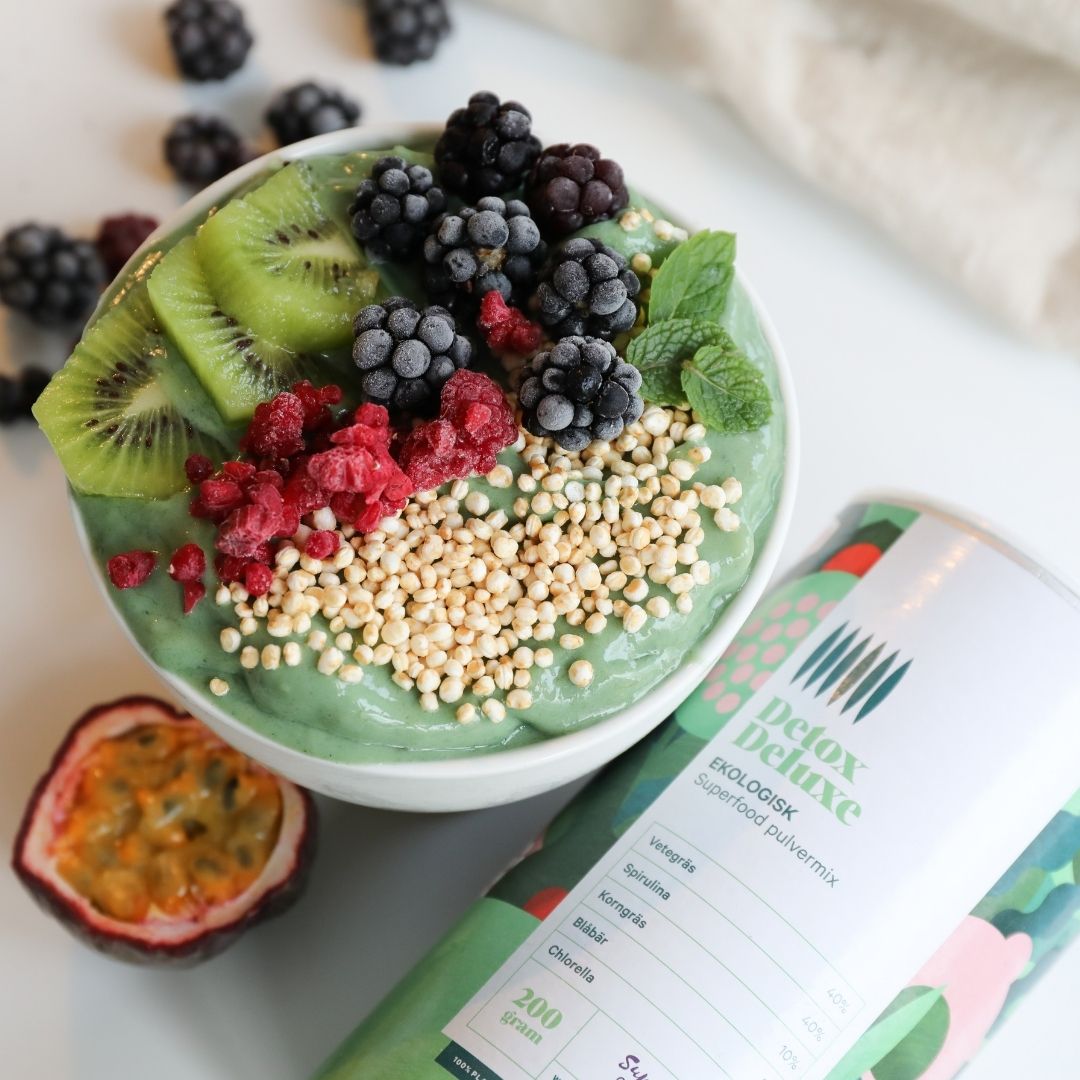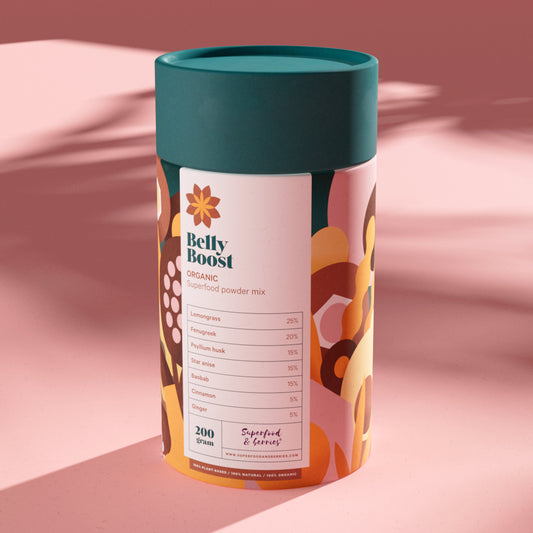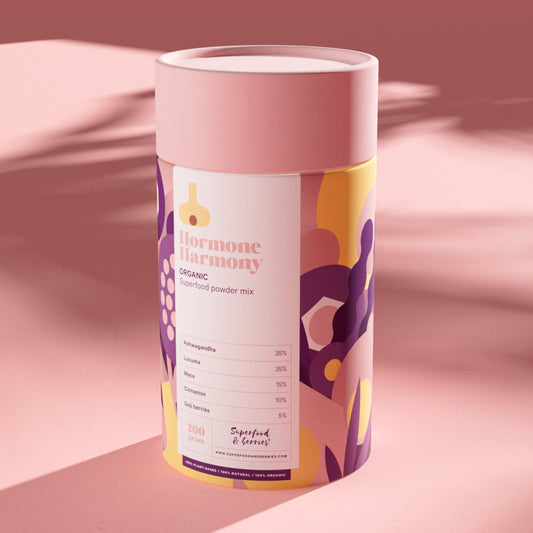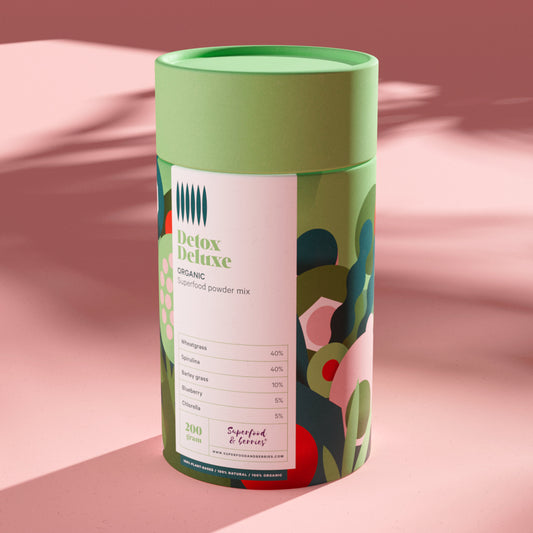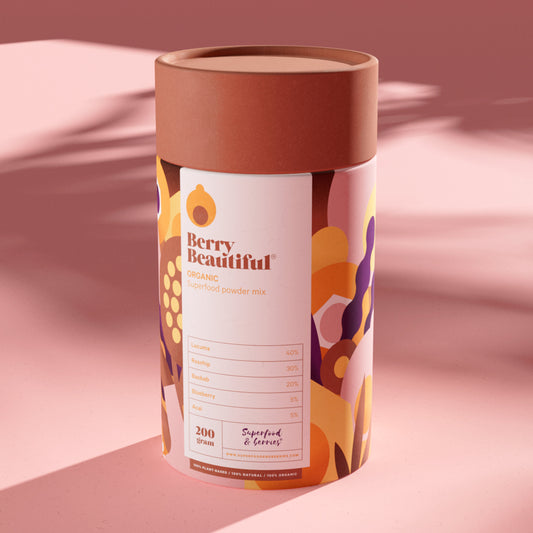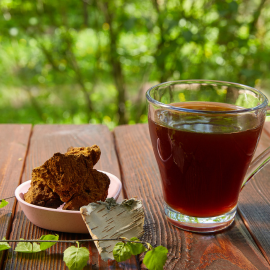
Chaga, Nature's Own Superpower
Share
Chaga, also known as birch conk, is a fungus that grows on birch trees in cold climates, primarily in Northern Europe, Siberia, Russia, Korea, Canada, and certain parts of the USA. In recent years, chaga has become popular within health-focused lifestyles and is often used as a natural ingredient in various beverages. In this blog post, we will explore what chaga is, its traditional uses, and how to incorporate it into everyday life.
What is Chaga?
Chaga is a fungus that grows on birch trees and has a unique, hard, and dark exterior structure, while the inside has a golden and orange hue. It has a long history of traditional use, especially in Russian and Scandinavian folk medicine, where it has often been used as part of the diet.
Chagas Unique Composition
Chaga contains a variety of naturally occurring substances, such as beta-glucans and polyphenols. It is also known for its natural content of antioxidants, which are also found in many other plants and mushrooms.
Antioxidant levels
Chaga contains a high level of naturally occurring antioxidants. The ORAC value (Oxygen Radical Absorbance Capacity), which measures antioxidant capacity, has shown that chaga has one of the highest levels compared to many other plant-based foods. A study showed that chaga has an ORAC value of up to 146,000, which is higher than, for example, blueberries (9,621) and acai (102,700). (#9)
Minerals
Chaga naturally contains minerals such as manganese, potassium, and zinc, which are also found in nuts and grains.
How Is Chaga Used?
Chaga can be consumed in several different ways:
Te – One of the most common methods is to brew chaga tea by drying and grinding the mushroom and then letting it steep in hot water.
Supplement – Chaga is also available in capsule form as part of a daily intake.
Powder – Chaga powder can be added to smoothies, juices, or other drinks.
Coffee – Chaga can be an excellent addition to alternative coffee blends, such as Wake-up Wonder.
Tradition and Contemporary Use
Chaga has been used in various cultures for a long time and is still the subject of modern research regarding its composition. Many choose to include chaga in their diet as part of a varied and balanced lifestyle.
As always, it is a good idea to consult a doctor before introducing new foods into your daily routine, especially if you have underlying health conditions or are taking medications.
Discover chaga and see how this unique natural product can become a part of your daily diet!

